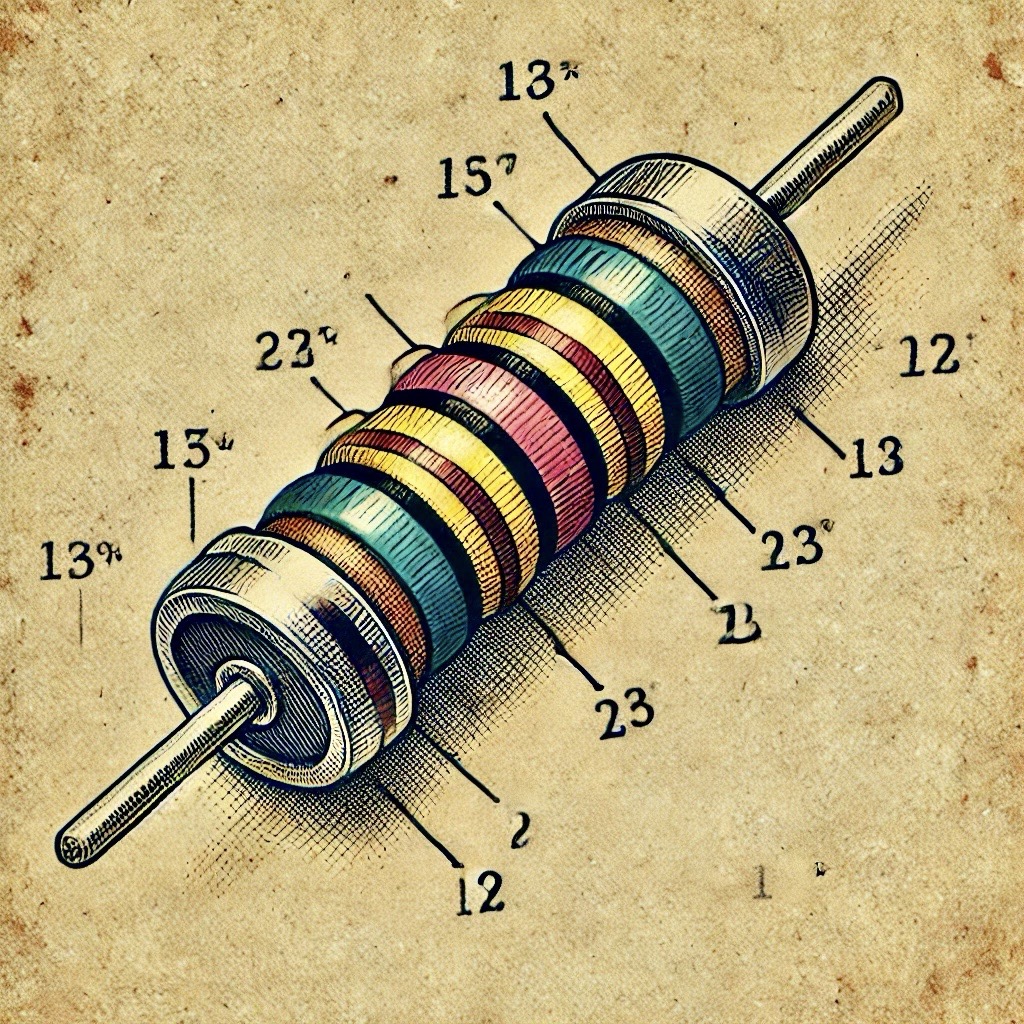
Voltage Divider for LED Brightness Control
Learn how to use a voltage divider circuit to adjust the brightness of an LED. Follow this step-by-step guide with calculations and practical circuit diagrams.

Learn how to use a voltage divider circuit to adjust the brightness of an LED. Follow this step-by-step guide with calculations and practical circuit diagrams.
To learn how to use a voltage divider circuit to monitor the voltage level of a battery, which can indicate the battery's charge level.
Connect the circuit as shown in the diagram below. The voltage divider consists of two resistors in series, with the output voltage taken from the connection between them.

A voltage divider reduces the input voltage to a fraction of its original value. This is useful for monitoring battery levels without exceeding the input range of a microcontroller or sensor. The output voltage is calculated as:
V_out = V_battery * (R2 / (R1 + R2))
Using appropriate resistor values, we can scale the battery voltage to a level safe for digital circuits.
Record the output voltage for various battery levels. Note how the output voltage corresponds to the battery voltage, which allows you to gauge the battery's charge state.
This experiment shows how a voltage divider can be used to safely monitor battery levels, providing a scaled voltage that is proportional to the battery's charge. This setup is especially useful in systems where direct measurement of high voltage levels is impractical.